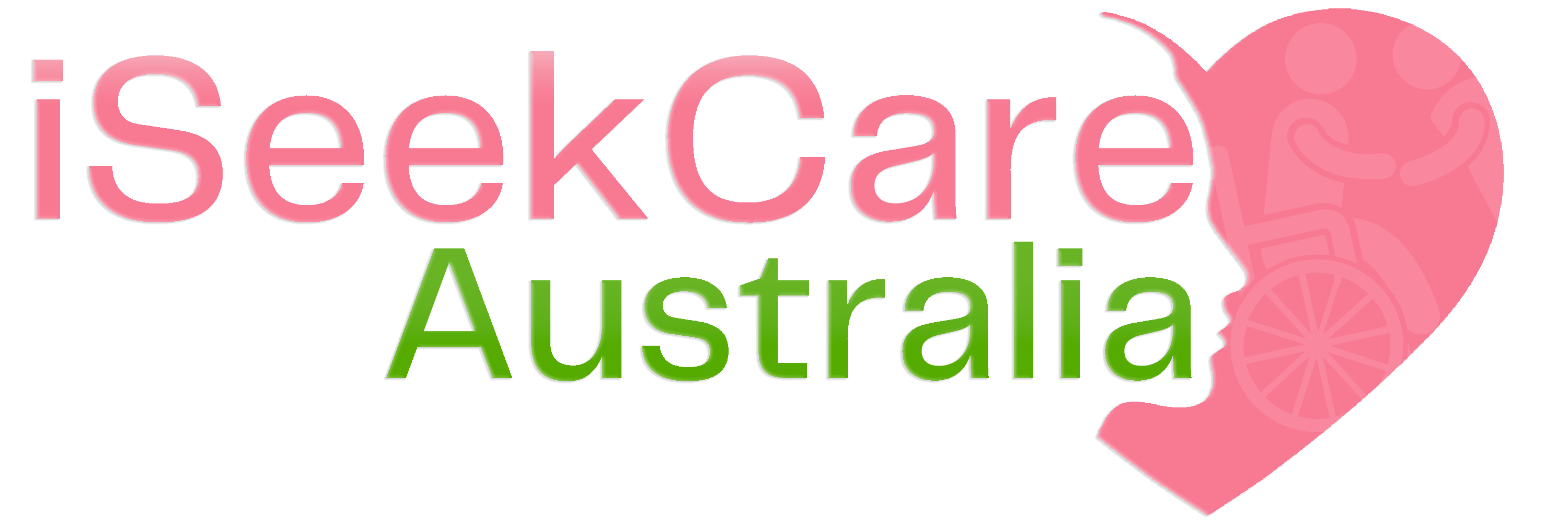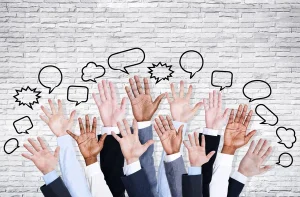Invisible Battles: Addressing Bullying in the Lives of Disabled Individuals
Bullying is a pervasive issue in our society, affecting individuals of all ages, backgrounds, and abilities. For those living with a disability, it can be an especially challenging problem that often goes unnoticed. As a community, it’s our responsibility to address and prevent in the lives of disabled individuals. In this blog post, we’ll explore the impact on those with disabilities, how to recognise the signs, and practical steps that can be taken to prevent bullying from occurring.

1. The Impact of Bullying on Individuals with Disabilities
Bullying can have a significant impact on anyone, regardless of their age or identity. For those living with a disability, the effects can be especially severe. They may experience anxiety, depression, low self-esteem, and social isolation as a result.. In some cases, it can even cause physical harm or exacerbate existing health conditions. Additionally, people with disabilities may face unique challenges when it comes to reporting instances of bullying, which can make the situation even more challenging.
2. Recognizing the Signs of Bullying
Because people with disabilities may be less likely to report instances of bullying, it’s important for those around them to be vigilant. Parents, caregivers, teachers, and friends should all be aware of the signs of it. These can include changes in behavior, such as increased anxiety or fear, reluctance to attend school, decreased interest in social activities, and unexplained physical injuries. If you suspect that someone you know with a disability is being bullied, it’s crucial to take action quickly.
3. Preventing Bullying
Preventing bullying in the lives of individuals with disabilities involves practical steps such as building a strong support network. Encouraging connections with peers, mentors, and supportive individuals helps diminish feelings of isolation and vulnerability. Promoting awareness and education is crucial to inform communities about the realities and its impact on those with disabilities, fostering a more understanding and less tolerant culture. Additionally, creating safe, inclusive environments in schools, workplaces, and communities is essential. This includes implementing anti-bullying policies, training staff, and providing resources for those affected, contributing to a secure and supportive atmosphere.
4. Providing Resources and Support
It’s essential to provide resources and support for those affected. Organisations like the National Bullying Prevention Center and PACER provide a wealth of information, tools, and resources for people with disabilities who experience this. Local support groups and advocacy organisations can also be valuable resources for those who need support and guidance.
Conclusion:
Addressing and preventing bullying in the lives of disabled individuals is a critical issue that requires a collective effort. By educating ourselves about the impact of bullying, recognising the signs, and taking practical steps to prevent, we can create a more inclusive, supportive, and safe society for everyone. Let’s work together to fight the invisible battle and create a world where everyone feels valued and respected.



